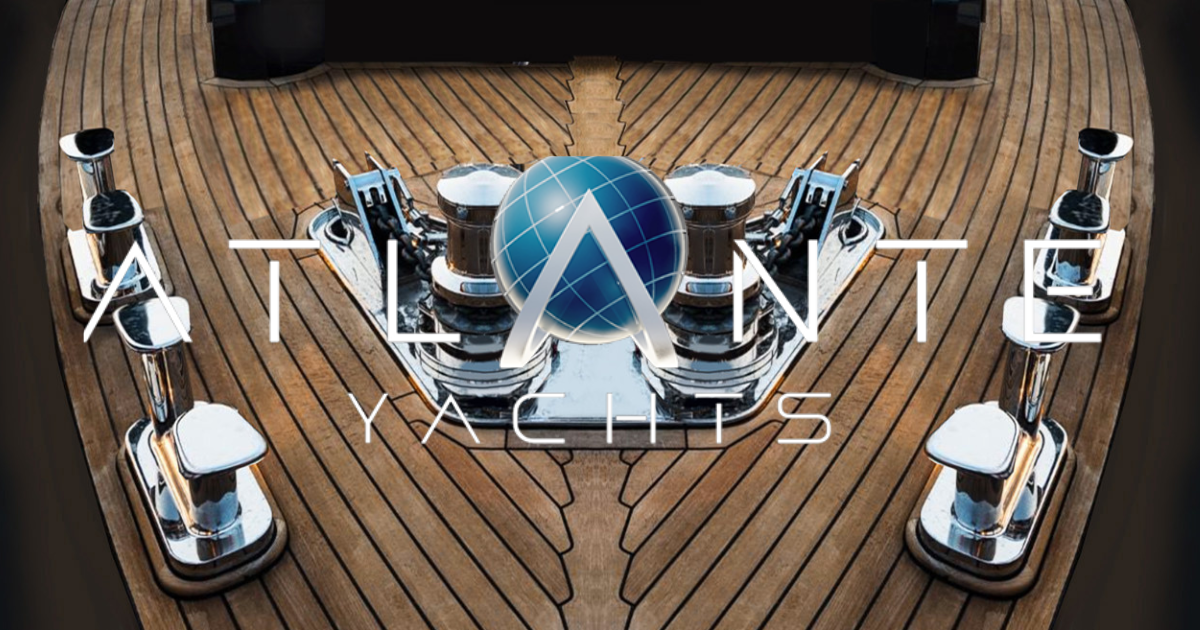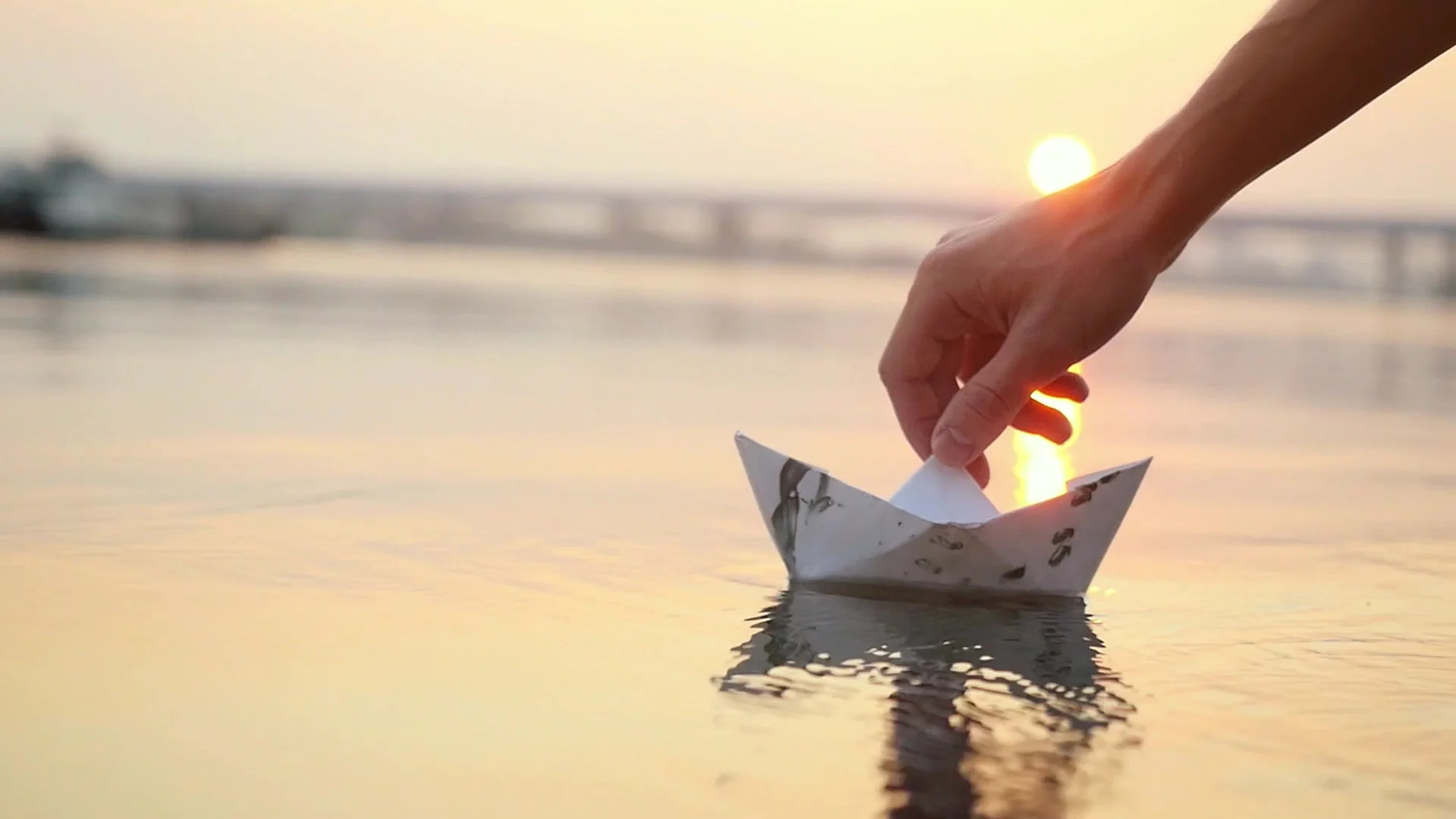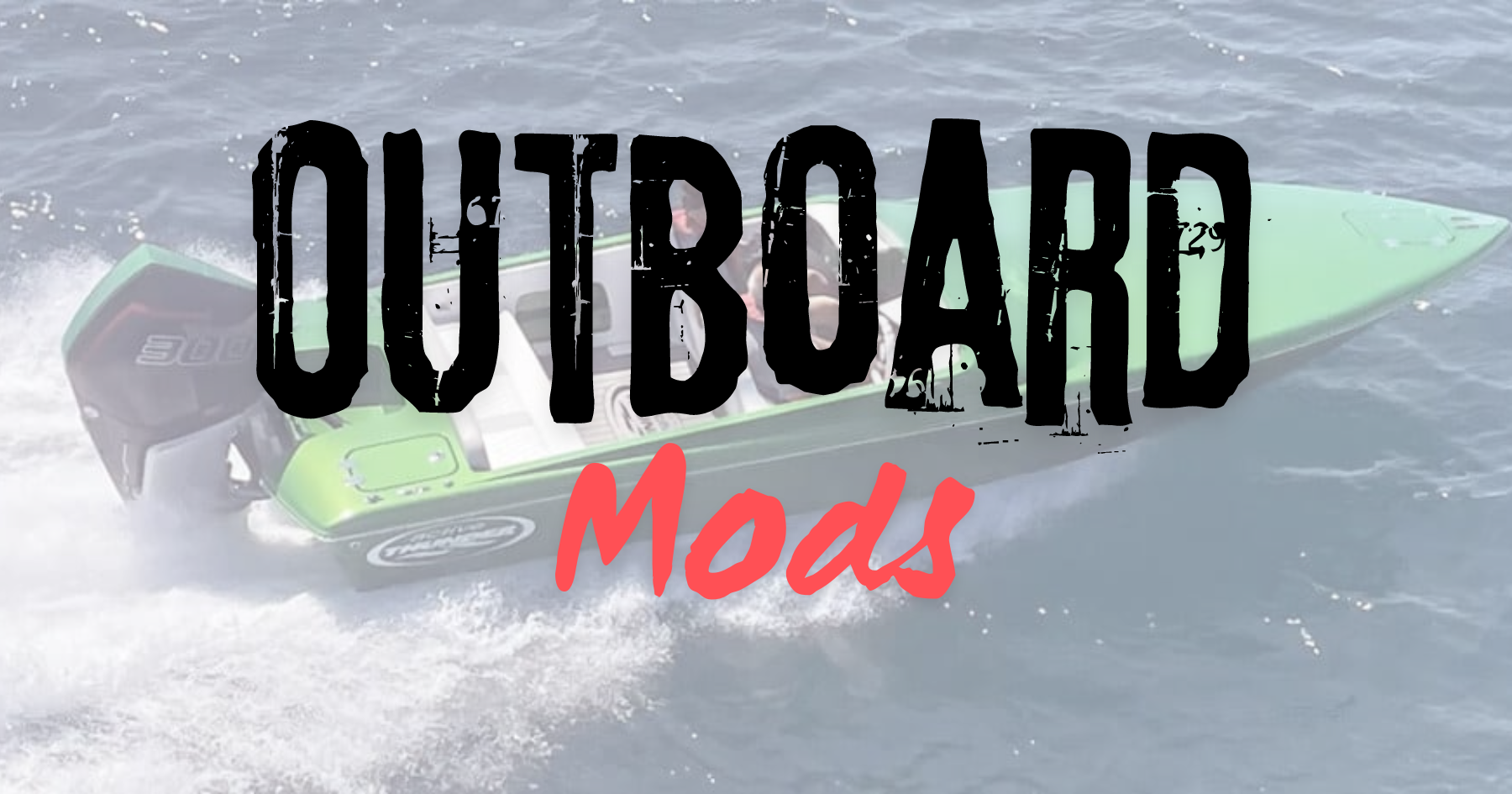Mystery of the Gulf's Dead Zone: Uncover the Shocking Truths - Nature's Silent Struggle Beneath the Waves
In the warm waters of the Gulf of Mexico, a silent crisis unfolds. A vast area, larger than some U.S. states, has become a watery graveyard. This is the Gulf's dead zone, a region where marine life struggles to survive.

The dead zone in the Gulf of Mexico spans approximately 6,705 square miles. In this area, oxygen levels are so low that fish and other sea creatures cannot thrive. This lifeless expanse forms each summer, fueled by nutrients flowing down the Mississippi River. These nutrients, mainly from fertilizers used in agriculture, trigger a chain reaction in the Gulf's ecosystem.
As the nutrients reach the Gulf, they spark a bloom of algae. When these tiny plants die, they sink to the bottom. Bacteria then feast on the decaying algae, using up the oxygen in the water. This process creates a layer of low-oxygen water near the sea floor, forcing marine life to flee or face suffocation. The dead zone's size changes yearly, but its impact on the Gulf's biodiversity and fishing industry remains a pressing concern.

Key Takeaways
- The Gulf of Mexico's dead zone is a vast area with extremely low oxygen levels
- Nutrient runoff from agriculture is the main cause of the dead zone
- The dead zone affects marine life and the fishing industry in the Gulf region
The Emergence of the Gulf's Dead Zone
The Gulf of Mexico harbors a hidden threat beneath its waves - a vast area of low oxygen known as the dead zone. This phenomenon has grown over time, shaped by human activities and natural processes.
Defining Hypoxia
Hypoxia occurs when oxygen levels in water drop too low to support most marine life. In the Gulf, this creates a "dead zone" where fish and other creatures struggle to survive.
The main cause is excess nutrients, especially nitrogen and phosphorus, flowing into the Gulf. These nutrients fuel algae blooms. When the algae die, their decomposition uses up oxygen in the water.
Hypoxic areas have less than 2 parts per million of dissolved oxygen. Fish avoid or leave these zones. Less mobile bottom-dwellers may die if trapped in hypoxic waters for too long.
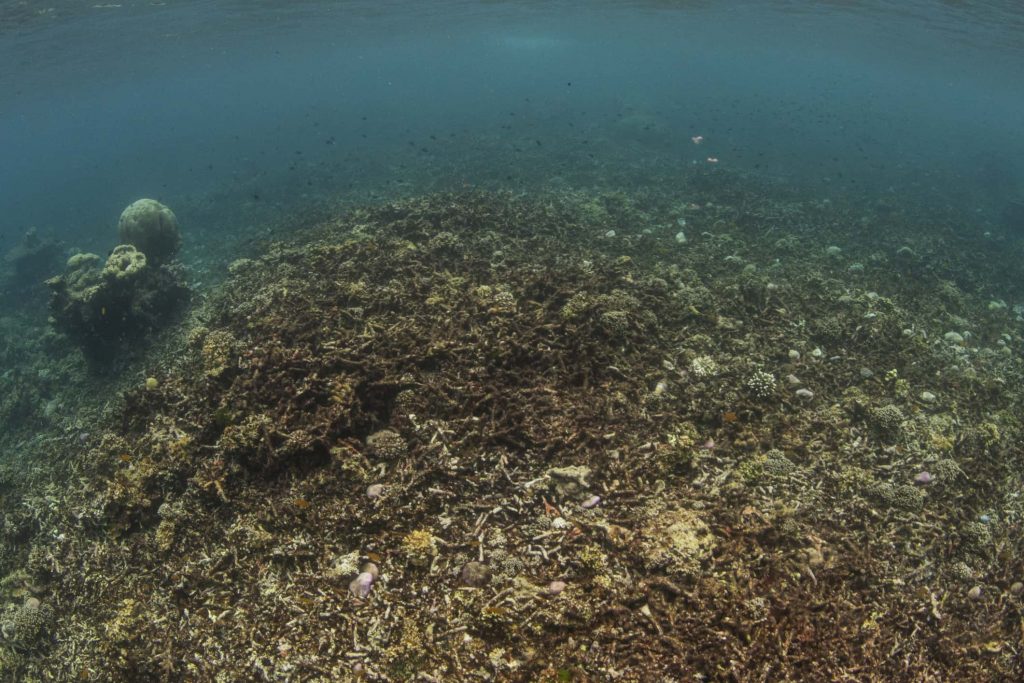
A Historical Perspective
The Gulf's dead zone was first recorded in the 1970s. Scientists noticed unusual patterns of fish behavior and low oxygen levels.
Regular monitoring began in 1985. This revealed the dead zone's true extent and growth over time. The zone now averages over 5,000 square miles each summer.
The dead zone's size varies yearly. It depends on river flows, nutrient loads, and weather patterns. In 2024, it measured about 6,705 square miles - larger than usual.
Human activities have made the problem worse. Farming, urban development, and wastewater discharge all contribute excess nutrients to the Gulf.
Human-induced climate change may also play a role. Warmer waters hold less oxygen and increase stratification, worsening hypoxia.
Catalysts of Eutrophication
Nutrient pollution flows into the Gulf of Mexico, sparking a chain reaction that leads to the dead zone. This excess of nutrients, mainly from farmlands, triggers massive algae blooms that deplete oxygen in the water.
Exploring Nutrient Runoff
The Mississippi River carries a heavy load of nutrients into the Gulf. These nutrients, mostly nitrogen and phosphorus, come from various sources along the river's vast watershed. When spring rains wash over farms and cities, they pick up fertilizers, sewage, and other pollutants.
This nutrient-rich runoff flows downstream, eventually reaching the Gulf. Here, it acts like fertilizer for tiny marine plants called phytoplankton. These algae multiply rapidly, creating vast blooms on the water's surface.
As the algae die and sink, bacteria break them down. This process uses up oxygen in the water, creating low-oxygen areas where marine life struggles to survive.

Agriculture's Role in the Gulf Ecosystem
Farms play a big part in feeding the Gulf's dead zone. Crops need nutrients to grow, but not all the fertilizer stays in the fields. Rain and irrigation wash excess nutrients off the land and into streams and rivers.
Farmers face a tricky balance. They want to grow enough food, but also protect the environment. Some are trying new methods to keep nutrients on their fields. These include:
- Planting cover crops
- Using less fertilizer
- Creating buffer zones near waterways
These steps can help reduce the amount of nutrients reaching the Gulf. But it's a big job. The Mississippi River drains 41% of the U.S., so changes are needed across a vast area to make a real difference.
The Impact on Marine Life
The Gulf's dead zone wreaks havoc on the delicate balance of marine ecosystems. Fish and other sea creatures struggle to survive in the oxygen-depleted waters. This environmental crisis affects the entire food web and puts many species at risk.
Deconstructing the Food Web
The dead zone disrupts the natural food chain in the Gulf. Tiny organisms like plankton die off, leaving larger animals without food. Fish swim away from the area, if they can. Those that can't move fast enough may suffocate.
Shrimp are hit hard by the lack of oxygen. They try to escape to shallower waters. This makes them easier for fishermen to catch, but it's not good for their population in the long run.
Crabs and other bottom-dwellers face a grim fate. They can't easily flee the low-oxygen area. Many perish, unable to survive in the harsh conditions.

Species at Risk
The dead zone puts intense pressure on many Gulf species. Fish like red snapper and grouper suffer greatly. They may die or be forced to leave their usual habitats.
Dolphins and sea turtles must search harder for food. The fish they normally eat become scarce in and around the dead zone.
Even hardy creatures like jellyfish can't thrive in these waters. The lack of oxygen affects their ability to reproduce and grow.
Some animals adapt, but at a cost. They may become smaller or produce fewer offspring. This weakens the entire ecosystem over time.
Measuring the Dead Zone
Scientists use advanced techniques to monitor the Gulf's dead zone each year. Research cruises and cutting-edge equipment help reveal the extent of this oxygen-depleted area.
Techniques in Monitoring
NOAA leads yearly expeditions to measure the Gulf's dead zone. Ships equipped with sensors cruise the waters, collecting data on oxygen levels. Researchers lower instruments into the depths to record oxygen, temperature, and salinity.
Satellite imagery helps track algal blooms that can lead to dead zones. Buoys and underwater gliders provide continuous monitoring. Some devices can even detect fish avoiding low-oxygen areas.
The Louisiana Universities Marine Consortium plays a key role in this work. Their research vessel, the R/V Pelican, often carries out the summer survey.

Contributions of Science and Research
The EPA and NOAA fund much of the dead zone research. Scientists from Louisiana State University and other institutions analyze the data. They look at river flows, nutrient levels, and weather patterns.
This research helps predict the size of future dead zones. It also shows how the zone changes over time. Scientists use models to forecast the dead zone's size each year.
The work reveals links between land use and ocean health. It shows how farming practices far upstream affect the Gulf. This knowledge helps guide efforts to shrink the dead zone.
Mitigation and Restoration Efforts
Efforts to combat the Gulf's dead zone focus on reducing nutrient runoff and promoting sustainable practices. These initiatives involve cooperation between governments, farmers, and conservation groups.
Reducing Nutrient Load
Farmers in Louisiana and Texas are adopting new techniques to decrease fertilizer use. They plant cover crops to hold soil in place and absorb excess nutrients. Some rotate different crops to naturally replenish soil nutrients.
Buffer zones of trees and plants near waterways help filter runoff. These green barriers catch nutrients before they reach rivers. Wetland restoration also plays a key role in filtering water naturally.
Cities are upgrading sewage treatment plants. New technology removes more nutrients from wastewater before it's released. Some areas are using rain gardens and permeable pavement to reduce urban runoff.
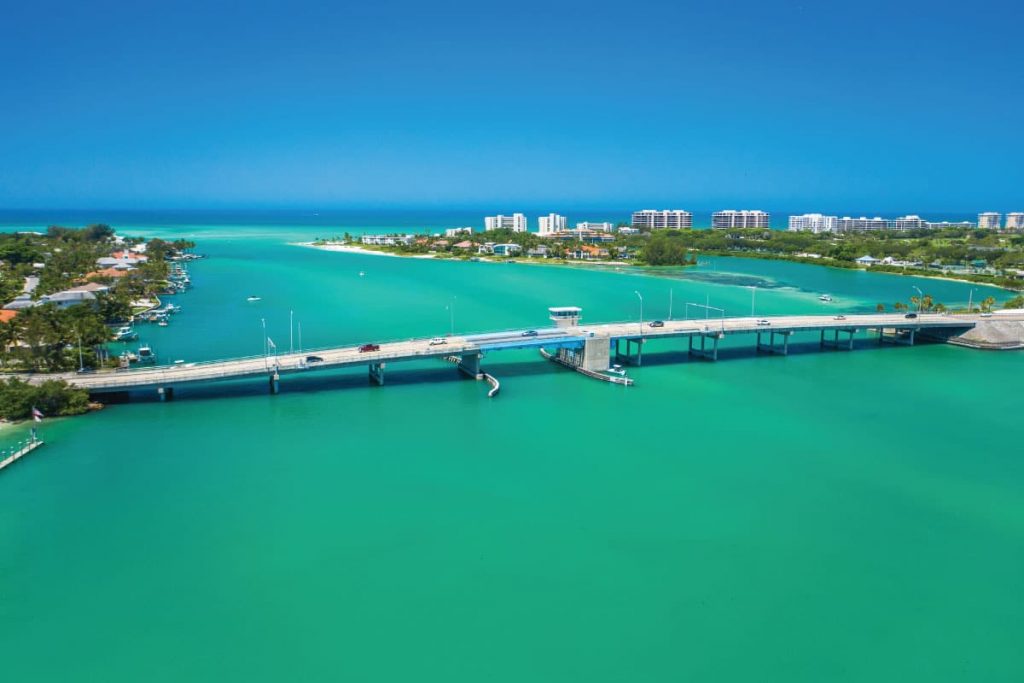
Policy and Conservation Initiatives
The EPA leads the Hypoxia Task Force, a group working to shrink the dead zone. They set goals for nutrient reduction in the Mississippi River basin. States create their own plans to meet these targets.
New policies encourage sustainable farming. Some offer financial incentives for using less fertilizer. Others fund research into more efficient irrigation systems.
Conservation groups are restoring coastal wetlands. These areas act as natural filters and provide habitat for marine life. They also protect shorelines from erosion and storm damage.
Sustainability labels help consumers choose products made with low-impact farming methods. This market-based approach rewards practices that reduce nutrient pollution.
The Human Element: Economic and Social Implications
The Gulf's dead zone affects people's lives and livelihoods in profound ways. It impacts fishing communities and farmers, creating a complex web of economic challenges.
The Fishing Industry's Struggle
The dead zone takes a heavy toll on Gulf fisheries. Many fish species can't survive in the low-oxygen waters, leading to smaller catches and lost income for fishermen. Shrimp, a key Gulf export, are especially hard-hit.
The shrimp industry faces tough times. Boats often return with empty nets, and processing plants sit idle. This ripples through coastal towns, where many jobs depend on fishing.
Some fishermen have had to find new work or move away. Others travel farther out to sea, burning more fuel and increasing costs. The struggle to make a living grows harder each year the dead zone persists.

Agricultural Trade-offs
Farmers upstream face a dilemma. Their fertilizers help grow abundant crops, but also feed the Gulf's dead zone. This creates tension between agriculture and fishing interests.
Reducing fertilizer use could shrink the dead zone, but might lower crop yields. This could raise food prices and cut into farm profits. It's a tricky balance to strike.
Some farmers are trying new methods to limit runoff. They plant cover crops and create buffer zones near waterways. These steps help, but widespread change remains a challenge.
Beyond the Gulf: Global Dead Zones
Dead zones are not unique to the Gulf of Mexico. These oxygen-poor areas affect waters around the world, harming marine life and ecosystems. Scientists and policymakers are working to understand and address this growing problem.
Case Studies from Other Regions
The Baltic Sea faces a severe dead zone crisis. Each summer, a vast area larger than Ireland becomes uninhabitable for most marine life.
Fish populations have dropped, and some species struggle to survive.
In the United States, Chesapeake Bay battles its own dead zone. Nutrient runoff from farms and cities feeds algal blooms, depleting oxygen levels.
As a result, crabs and oysters suffer, impacting local fisheries and the bay's ecosystem.
Oregon's coast experiences seasonal dead zones too. Cold, nutrient-rich waters rise from the deep, fueling algal growth.
When these algae die, they rob the water of oxygen, creating "hypoxic" areas where marine life cannot thrive.

International Approaches to Hypoxia
Countries are taking action to combat dead zones. In Europe, nations bordering the Baltic Sea have agreed to reduce nutrient pollution.
They're upgrading wastewater treatment plants and changing farming practices.
The United States has implemented watershed management plans for areas like Chesapeake Bay. These plans aim to cut nutrient runoff from farms, cities, and sewage systems.
Internationally, scientists share data and strategies through programs like the Global Ocean Oxygen Network.
This collaboration helps track the spread of dead zones and develop solutions to this worldwide challenge.
Future Horizons: Predictions and Projections
The Gulf's dead zone faces uncertain times ahead. Changes in climate and advances in science will shape its future in profound ways.
Climate Change and Ocean Health
Rising temperatures could make the Gulf's dead zone worse. Warmer waters hold less oxygen, which may expand the low-oxygen area.
More intense storms might wash more nutrients into the Gulf, feeding algae blooms.
But there's hope. Some models suggest shifting rainfall patterns could reduce nutrient runoff in certain areas. This might shrink parts of the dead zone.
Fish and other sea life will need to adapt. Species that can't tolerate low oxygen may move to new areas.
This could reshape Gulf ecosystems in unexpected ways.

Advancing Science for a Sustainable Future
New tools are helping scientists track the dead zone better. Underwater robots and advanced sensors provide more detailed data than ever before.
This improved monitoring helps researchers make more accurate predictions.
Farmers are testing precision agriculture techniques. These methods use less fertilizer while maintaining crop yields.
If widely adopted, they could reduce nutrient runoff into the Gulf.
Wetland restoration projects show promise too. Healthy wetlands act as natural filters, trapping excess nutrients before they reach the sea.
Expanding these efforts could help shrink the dead zone over time.
Frequently Asked Questions
Dead zones in the Gulf of Mexico pose a major threat to marine life and ecosystems. These areas of low oxygen have complex causes and far-reaching effects on biodiversity and human activities.
What are the primary causes of the dead zones in marine environments?
Dead zones form when excess nutrients enter coastal waters. These nutrients, mainly nitrogen and phosphorus, come from fertilizer runoff and sewage.
They fuel algal blooms that deplete oxygen as they decompose. This creates areas where most marine life cannot survive.
How do dead zones in the Gulf of Mexico affect marine biodiversity?
The Gulf's dead zone severely impacts marine species. Fish, shrimp, and other mobile creatures flee the low-oxygen waters.
Less mobile bottom-dwellers often perish. This disrupts the food chain and reduces biodiversity in affected areas.
What measures have been taken to remediate the vast dead zone in the Gulf of Mexico?
Efforts to shrink the Gulf's dead zone focus on reducing nutrient runoff.
Farmers are adopting better fertilizer practices. Cities are upgrading sewage treatment. Wetland restoration helps filter pollutants.
Progress is slow, but these steps aim to improve water quality over time.
How does agricultural runoff contribute to the development of hypoxic areas in bodies of water?
Farm runoff carries nitrogen and phosphorus into waterways. These nutrients wash down rivers to the Gulf, where they feed massive algal blooms.
As algae die and decay, the process uses up oxygen in the water. This creates hypoxic "dead zones" where marine life struggles to survive.
What role have various stakeholders played in addressing the issue of marine dead zones?
Scientists monitor the dead zone's size and study its impacts. Farmers work to reduce fertilizer use.
Government agencies set water quality goals. Environmental groups raise awareness. Fishermen adapt their practices.
Tackling this issue requires cooperation across many sectors.
How has the size and severity of marine dead zones fluctuated over recent years?
The Gulf's dead zone varies in size from year to year. Weather patterns and river flow affect its extent. In 2024, it measured 6,705 square miles. This was larger than the long-term average.
Charlie is Editor-in-Chief of Sea Magazine
